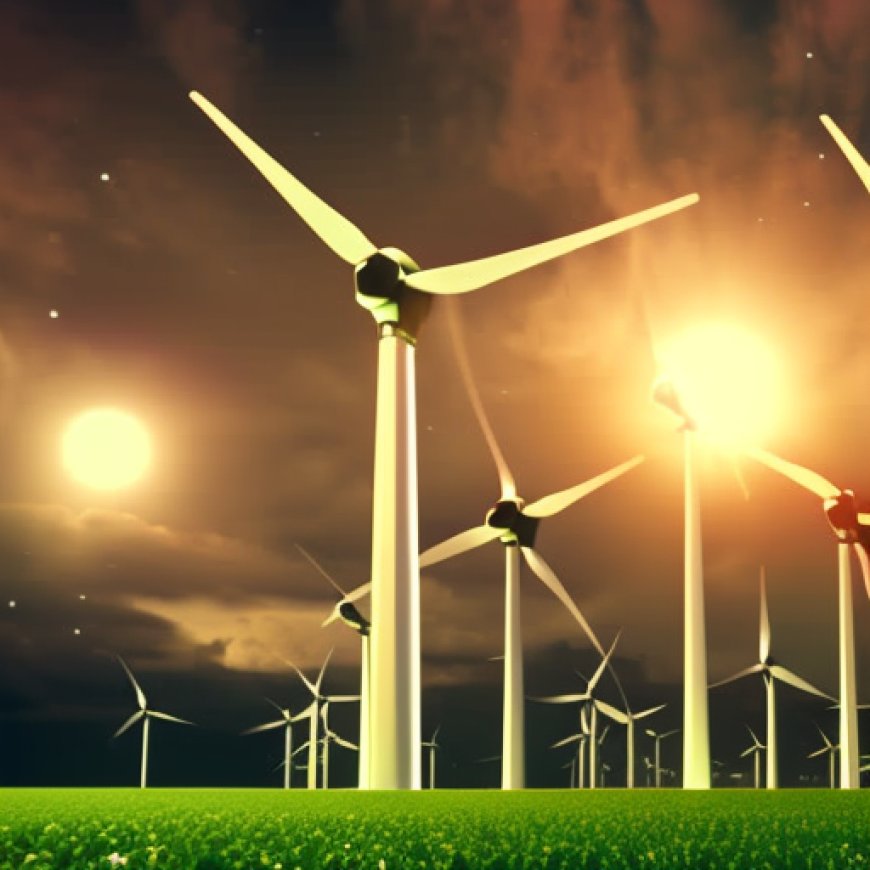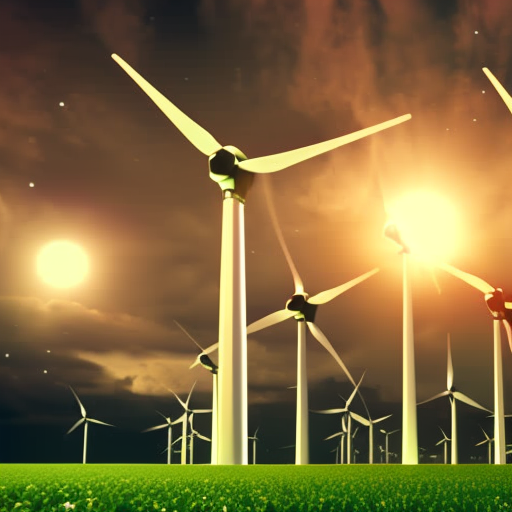Renewable energy to become world’s largest source of electricity generation
Renewable energy to become world's largest source of electricity ... AzerNews.Az


Renewable Energy Sources to Become Largest Electricity Producer by 2024

According to a report by Azernews, it is projected that renewable energy sources will account for one-third of the world’s electricity production next year, surpassing coal as the largest source of electricity.
Decline in Coal Electricity Production Offset by Growth in Renewable Energy
While Asia is expected to see an increase in electricity production from coal, this growth will be offset by declines in Europe and the US. As a result, renewable energy sources will play a significant role in meeting global electricity demand.
Sustainable Development Goals (SDGs) and Renewable Energy
The shift towards renewable energy aligns with the Sustainable Development Goals (SDGs) set by the United Nations. SDG 7 aims to ensure access to affordable, reliable, sustainable, and modern energy for all. By increasing the share of alternative energy in global electricity generation to over 33 percent by 2024, renewable sources are making significant progress towards achieving this goal.
Weather Conditions and the Rise of Renewable Energy
Weather conditions also play a crucial role in the increasing dominance of renewable energy sources. The availability of sunlight, wind, and other natural elements necessary for renewable energy generation contributes to its growth and potential to replace coal as the world’s largest source of electricity generation by 2024.
Conclusion
The transition to renewable energy sources is not only driven by environmental concerns but also by the economic and social benefits it brings. By embracing renewable energy, countries can contribute to the achievement of the SDGs, reduce greenhouse gas emissions, and create a sustainable future for generations to come.
Follow us on Twitter @AzerNewsAz
SDGs, Targets, and Indicators
-
SDG 7: Affordable and Clean Energy
- Target 7.2: By 2030, increase substantially the share of renewable energy in the global energy mix.
- Indicator 7.2.1: Renewable energy share in the total final energy consumption.
Analysis
1. Which SDGs are addressed or connected to the issues highlighted in the article?
The issue highlighted in the article is the increasing share of renewable energy in global electricity production. This aligns with SDG 7: Affordable and Clean Energy, which aims to ensure access to affordable, reliable, sustainable, and modern energy for all.
2. What specific targets under those SDGs can be identified based on the article’s content?
Based on the article’s content, the specific target under SDG 7 that can be identified is Target 7.2: By 2030, increase substantially the share of renewable energy in the global energy mix.
3. Are there any indicators mentioned or implied in the article that can be used to measure progress towards the identified targets?
The article mentions that a third of the electricity produced in the world next year will come from renewable energy sources. This can be used as an indicator to measure progress towards Target 7.2: Renewable energy share in the total final energy consumption.
Table: SDGs, Targets, and Indicators
| SDGs | Targets | Indicators |
|---|---|---|
| SDG 7: Affordable and Clean Energy | Target 7.2: By 2030, increase substantially the share of renewable energy in the global energy mix. | Indicator 7.2.1: Renewable energy share in the total final energy consumption. |
Behold! This splendid article springs forth from the wellspring of knowledge, shaped by a wondrous proprietary AI technology that delved into a vast ocean of data, illuminating the path towards the Sustainable Development Goals. Remember that all rights are reserved by SDG Investors LLC, empowering us to champion progress together.
Source: azernews.az

Join us, as fellow seekers of change, on a transformative journey at https://sdgtalks.ai/welcome, where you can become a member and actively contribute to shaping a brighter future.







